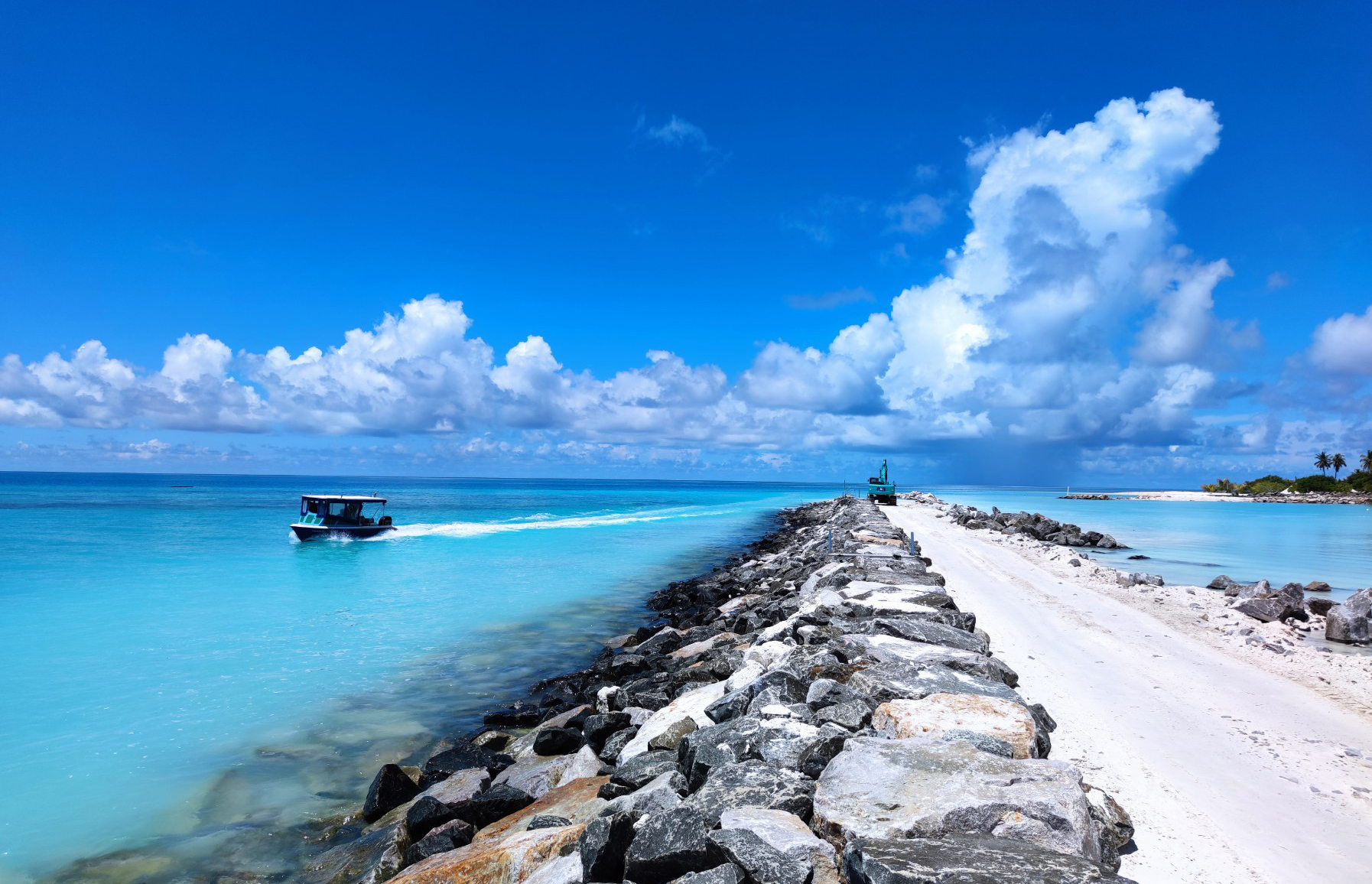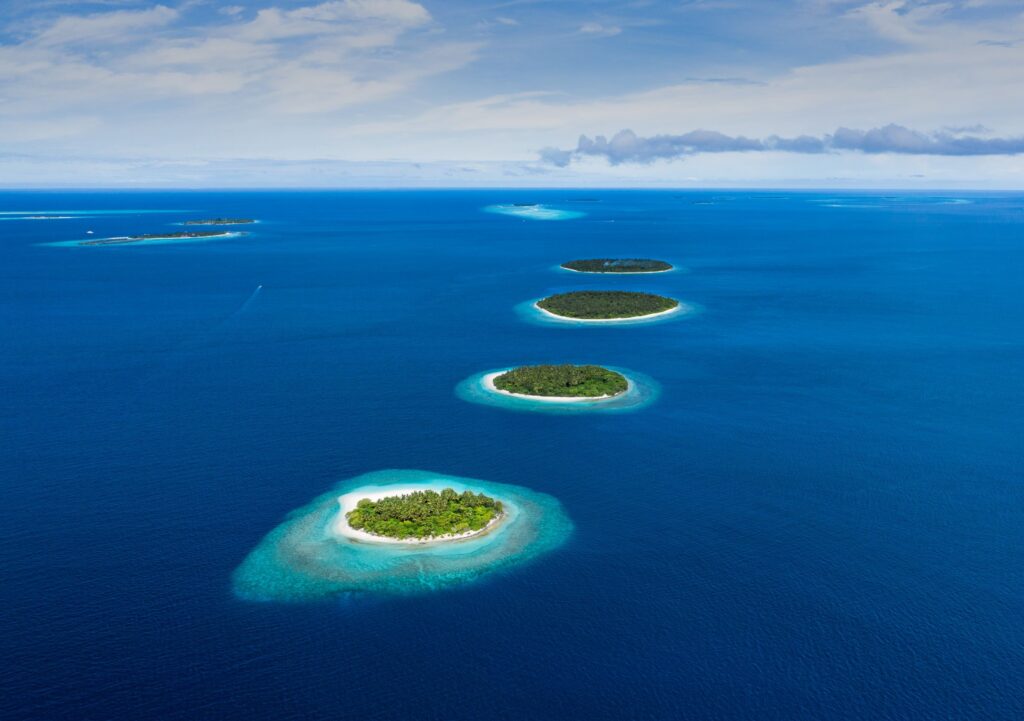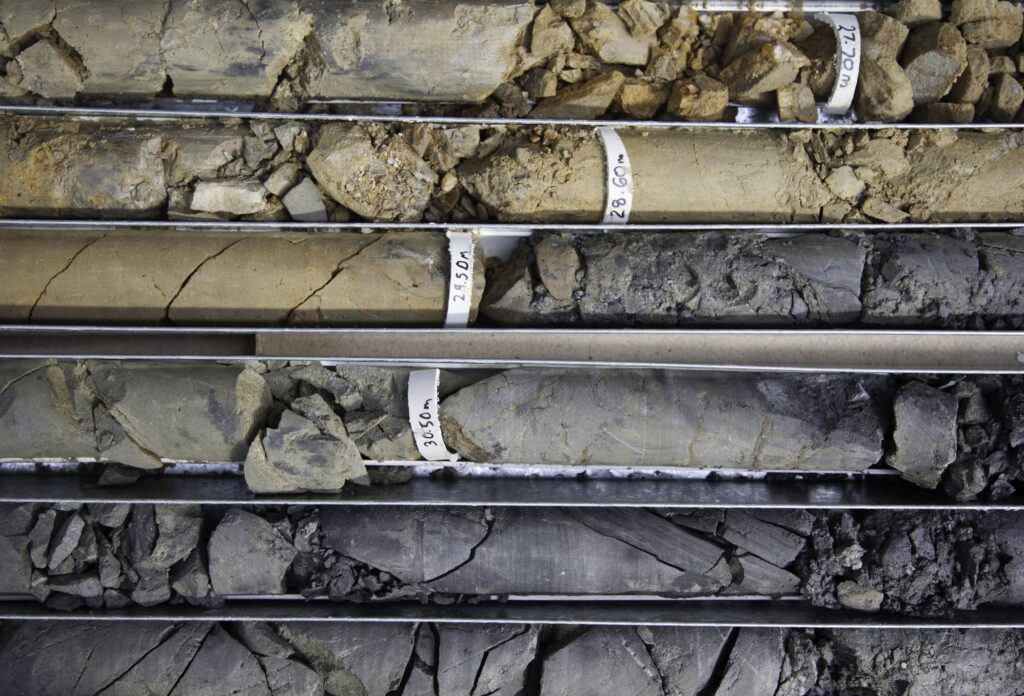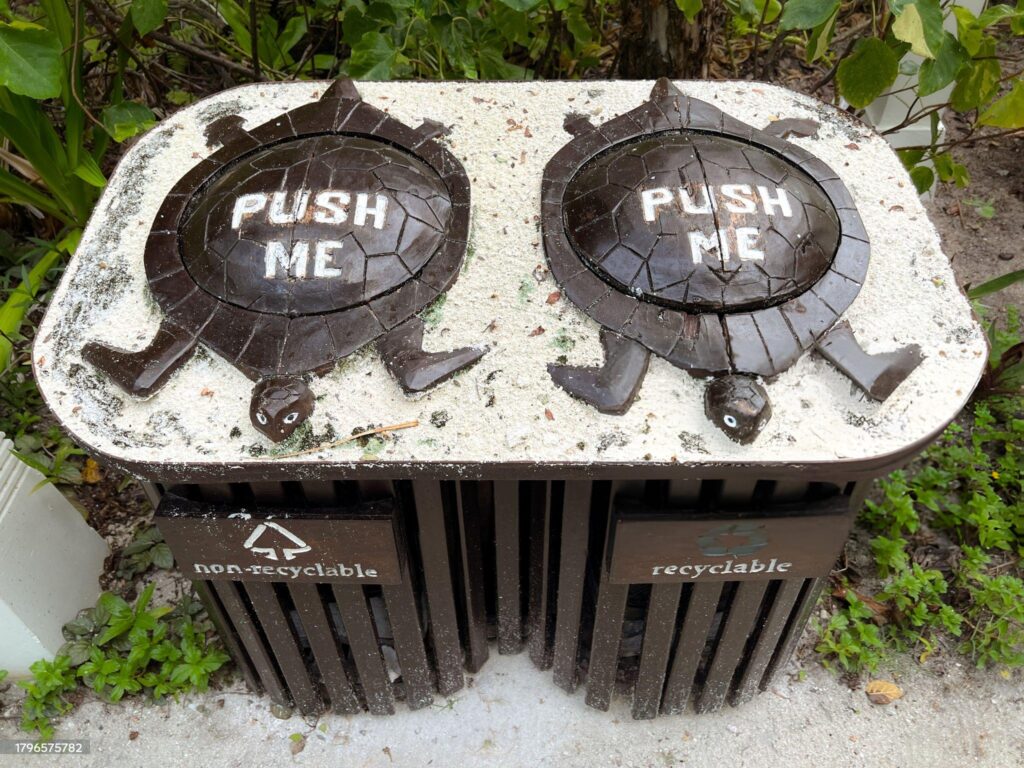The Maldives, a chain of idyllic islands scattered across the Indian Ocean, is a haven for tourists and a symbol of pristine beauty.
This paradise faces a significant threat: erosion. Rising sea levels and powerful waves relentlessly eat away at the islands’ shorelines, jeopardizing infrastructure, ecosystems, and the very existence of some islands. To combat this challenge, robust coastal protection strategies are essential.
Here, we explore three key methods – seawalls, breakwaters, and sand nourishment – that SIDCO.MV can leverage to safeguard the Maldives’ precious coastlines.
The Ever-Present Threat: Erosion in the Maldives
The Maldives is particularly vulnerable to coastal erosion due to several factors:
- Low-lying geography: Most Maldivian islands barely rise above sea level, offering minimal natural defense against waves and storm surges.
- Impact of climate change: Rising sea levels due to global warming further exacerbate the erosion problem.
- Increased wave action: Changes in weather patterns and stronger storms can generate more powerful waves, accelerating erosion.
Erosion poses a dire threat to the Maldives in several ways:
- Loss of land: Shrinking shorelines threaten vital infrastructure like airports, harbors, and residential areas.
- Saltwater intrusion: Erosion can lead to saltwater intrusion into freshwater sources, impacting agriculture and drinking water supplies.
- Damage to ecosystems: Coastal erosion disrupts beaches, coral reefs, and other critical marine habitats.

Building a Defense: Seawalls, Breakwaters, and Sand Nourishment
To safeguard the Maldives’ coastlines, SIDCO.MV can employ a combination of coastal protection strategies:
Seawalls
These are sturdy, wall-like structures built along the shoreline to absorb the wave energy and prevent erosion. Seawalls are typically constructed from concrete, rock, or a combination of materials.
Advantages:
- Provides a strong, direct defense against wave action.
- Protects infrastructure and development projects located close to the shoreline.
Disadvantages:
- Can disrupt natural coastal processes and hinder sand movement.
- May have a negative visual impact on the beachfront.
- Construction can be expensive and disruptive to the surrounding area.
Breakwaters
These are offshore structures built partially or fully submerged, designed to dissipate wave energy before it reaches the shoreline. Breakwaters can be constructed from various materials like concrete, rock, or even shipwrecks.
Advantages:
- Offers protection from waves and storm surges without directly impacting the shoreline.
- Can create calmer waters behind the breakwater, promoting beach development and recreational activities.
Disadvantages:
- Construction can be complex and expensive, especially for large-scale breakwaters.
- May require ongoing maintenance to ensure effectiveness.
- Improper placement can lead to unintended consequences like increased erosion in downdrift areas.
Sand Nourishment
This technique involves adding new sand to eroding beaches to replenish what has been lost. Sand can be sourced from offshore borrow areas or nearby islands with minimal ecological impact.
Advantages:
- Restores beaches and improves their aesthetic appeal.
- Provides a natural defense against waves and storm surges.
- Creates habitat for marine organisms that rely on healthy beaches.
Disadvantages:
- Sand nourishment is not a permanent solution and may require periodic renourishment.
- Finding compatible sand sources is crucial to ensure long-term success.
- Improperly planned nourishment projects can disrupt natural coastal processes.
The SIDCO Approach to Coastal Protection
SIDCO can play a leading role in safeguarding the Maldives’ coastlines by:
- Conducting thorough feasibility studies: Evaluating the specific needs of each location and selecting the most appropriate coastal protection method.
- Prioritizing sustainable solutions: Balancing the effectiveness of coastal protection with minimal environmental impact.
- Utilizing innovative technologies: Exploring new materials and construction techniques to optimize cost-effectiveness and long-term durability.
- Engaging with stakeholders: Collaborating with local communities, environmental experts, and engineers to develop effective coastal protection plans.
By adopting a comprehensive approach that combines these strategies, SIDCO can ensure the Maldives’ coastlines remain resilient for generations to come.
A United Effort for a Secure Future
Coastal protection in the Maldives is not just an engineering challenge; it’s a critical step towards ensuring the nation’s future. By implementing a combination of seawalls, breakwaters, and sand nourishment, along with robust environmental considerations, SIDCO can safeguard the Maldives’ shores, its infrastructure, and its very way of life.
This endeavor requires a united effort from government agencies, engineers, environmentalists, and the local community. Together, we can build a future where the Maldives’ breathtaking coastlines continue to thrive.




